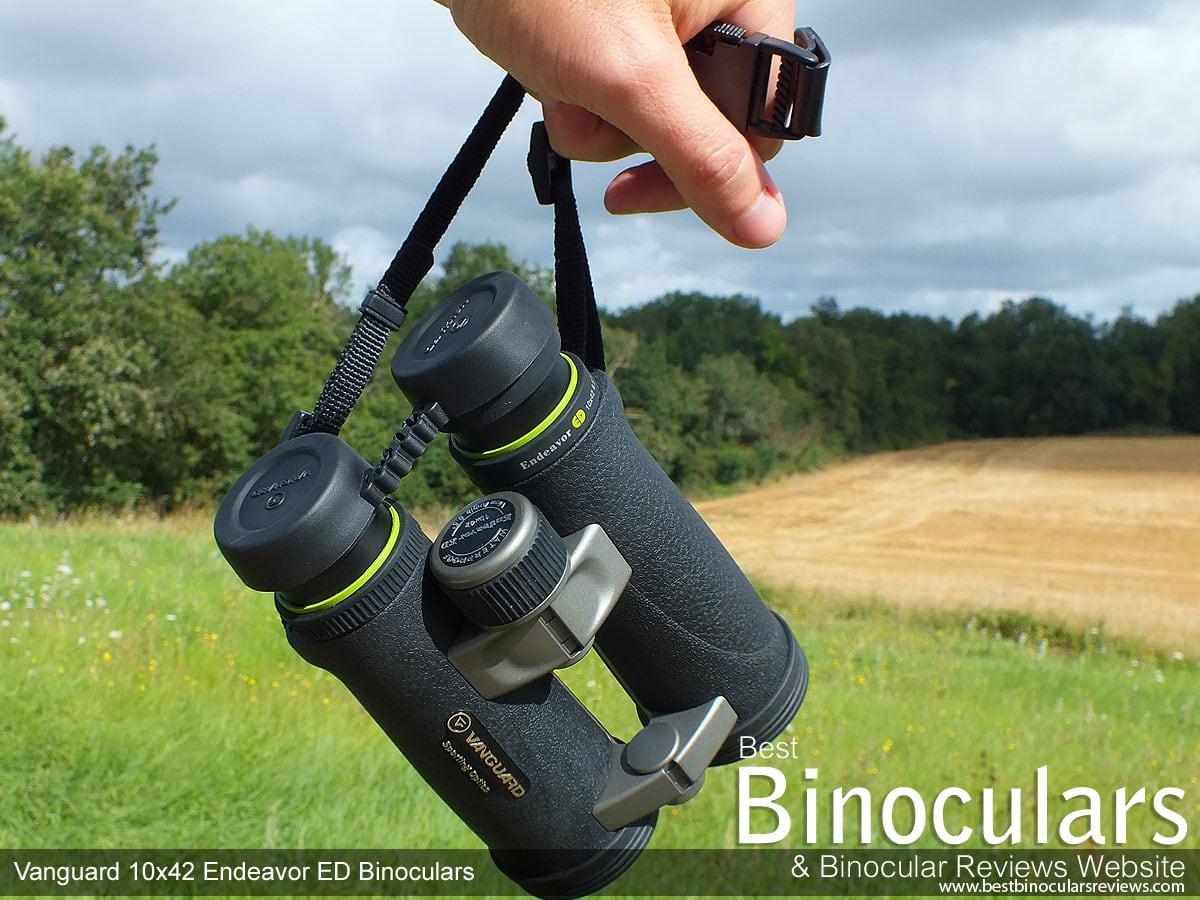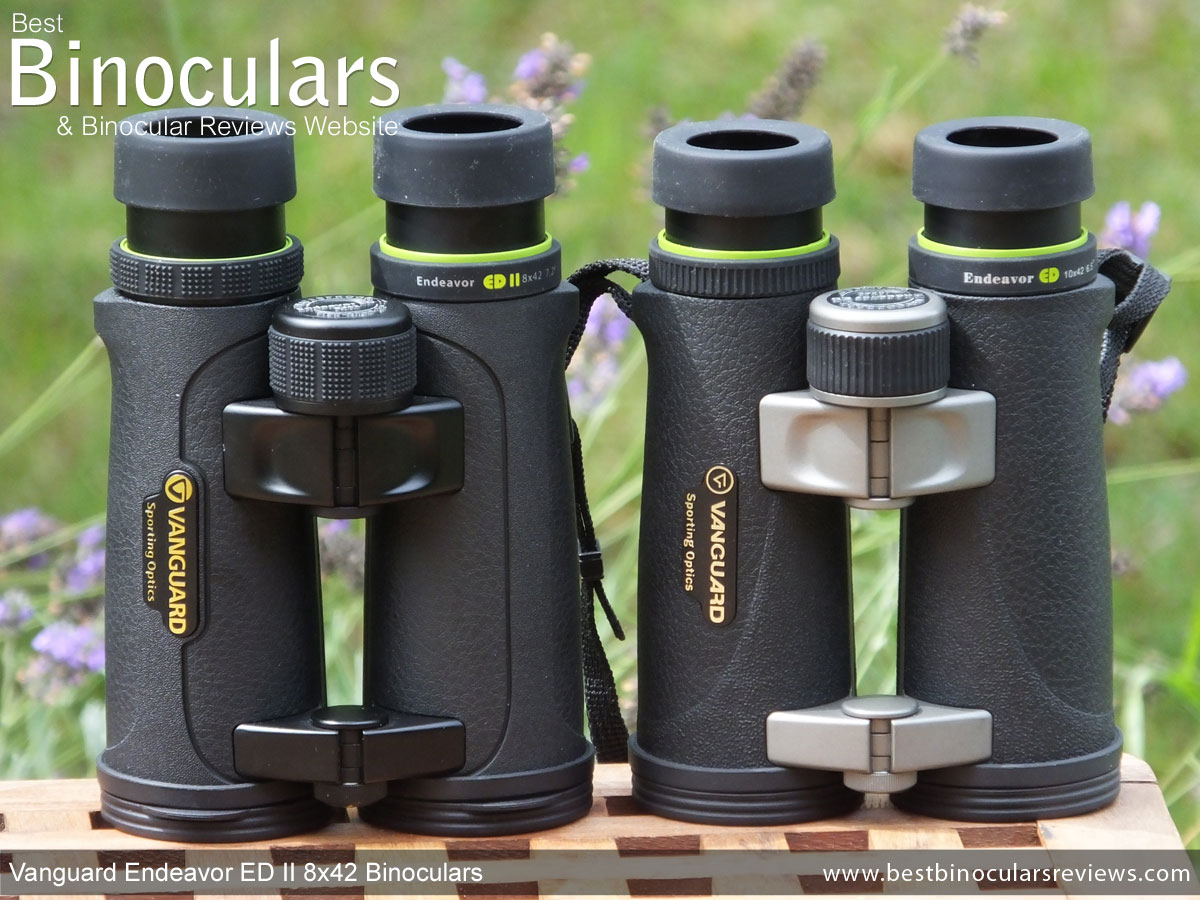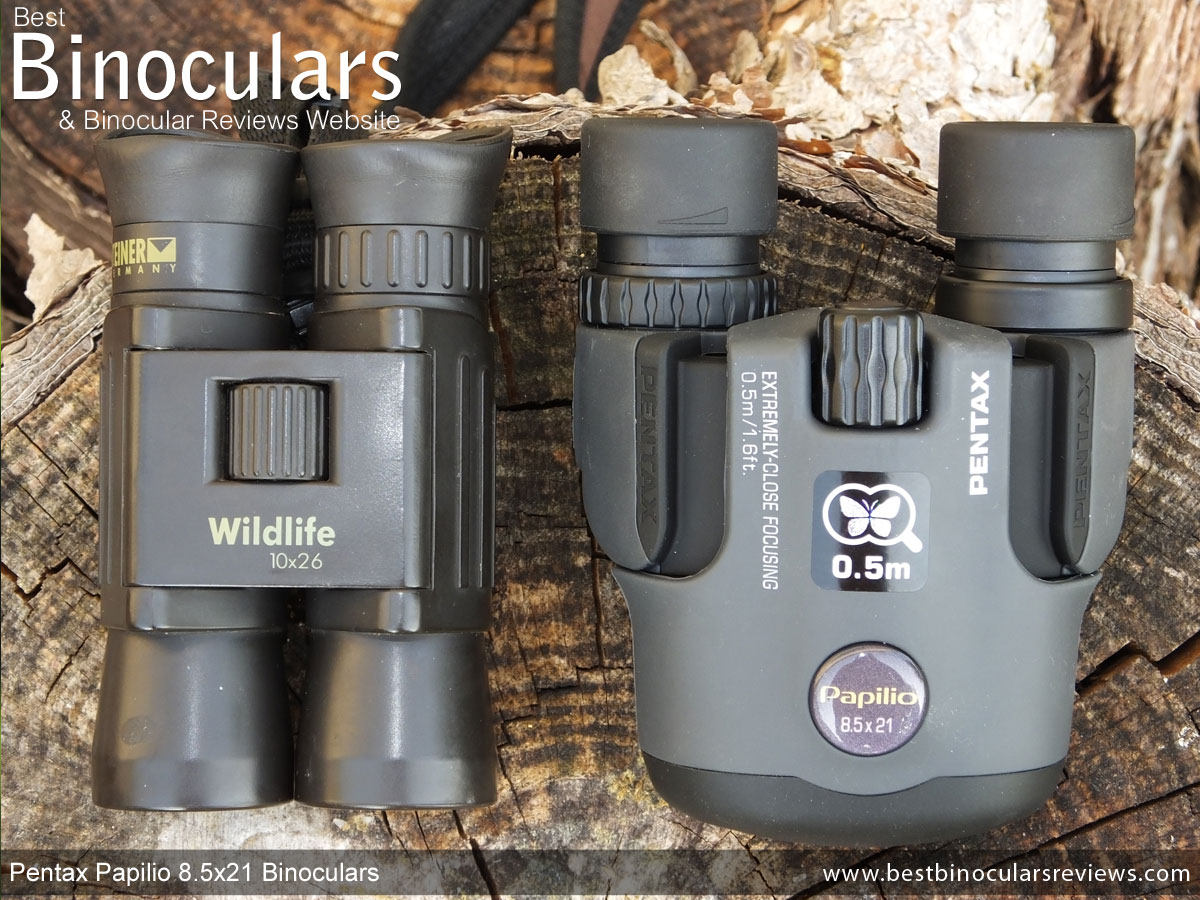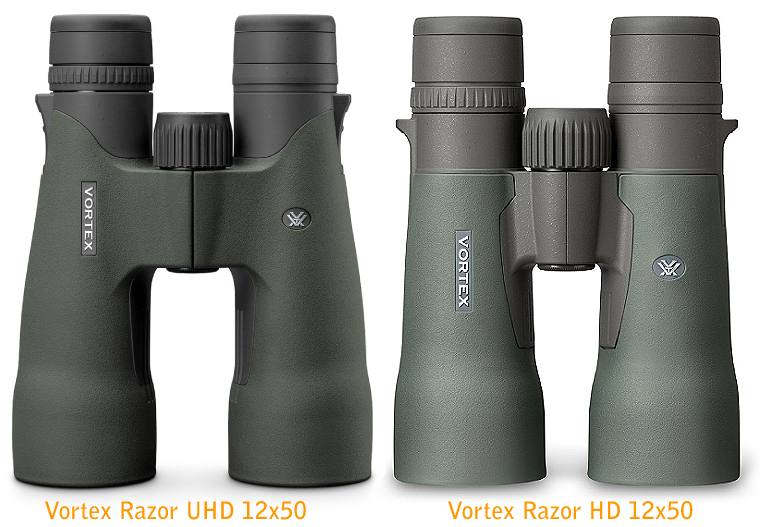Are out-of-date/old stock binoculars still worth buying now?

Hello, I would like to buy Vanguard Endeavor 10x42 ED binoculars.
They scored very high in your test but it was 7 years ago now!
Do you think that they are still worth buying nowadays or is it better to look for something newer? I am not sure how technology progress affects binoculars.
I get a lot of questions like this one above, relating to old stock binoculars that have now been superseded by a newer / updated version or model and if they are still relevant and worth buying now or should you go for the latest version even if they cost a whole lot more?
So in this article, I will answer the question as to if buying an old stock or old version of a binocular is a good idea, discuss how fast binocular technology progresses and thus if an older pair will still be relevant today, and lastly if doing this may actually be a good way to save some money.
Whilst it is always nice to have the most up-to-date, modern equipment, within a few years or even months (depending on what you are talking about) many of these become old hat, out-of-date, outdated or old stock that the manufacture no longer makes and thus in some cases, no longer supports.
Optics Technology
When it comes to binoculars and indeed optics in general, the rate at which technology advances is far, far slower than most electronic devices. Things like cameras and especially smartphones spring to mind here!
So a good quality binocular with a high level of performance made ten or even more years ago will still be classed as a good quality, high performance instrument today.
Drop In Performance Over Time?
On top of this, devices like your mobile phone, computer or even your car that not only get superseded quite quickly with newer better performing technology but they actually often deteriorate in terms of their own level of performance over time and thus even if you don’t want the newest computer, you are almost forced to get one as your old one slowly grinds to a halt!
With binoculars, this is not the case at all: So long as you purchased a good quality pair in the beginning and ensure that you look after them and clean them properly and with care, they will perform as well as the day you got them for many, many years.

Good for Consumers
For us the consumer, this is all great news because it means you don’t have to go out and buy a new pair every few years, however, for the manufacturer, this is not so great!
On the one hand, they want you to know just how good their instrument is and they want to produce a good, long-lasting device so that you will buy it in the beginning.
But on the other hand, they would just love for you to come back again year after year and buy another pair, even if there is nothing wrong with your old set!
Regular Updates
So some brands will “update” their ranges or individual binoculars on a regular basis.
Sometimes these updates involve real improvements. So for example they may decide to use better quality glass or add better quality coatings to the glass, like going from silver coated prisms to dielectric coatings.
Note whilst these are real upgrades and improvements, they are not adding new technologies that were not available 10 years ago. You could still have got them if you had wanted back then.
In many cases however these updates mostly involve changing the appearance to keep up with trends and quite often it is not the optics that change, but rather they improve upon the accessories.

If we take a look at the Vanguard Endeavor ED 10x42 Binoculars in this example:
I tested and reviewed these many, many years ago now. Indeed they went on to win the award for Best Value For Money Binocular way back in 2013!
Since then Vanguard has updated this Endeavor ED series a number of times.
Firstly they introduced the Endeavor ED II series which had a few aesthetic changes (see the image below), but more importantly, also included a number of improvements to the optics including changing to Hoya glass made in Japan. See my review on the Vanguard Endeavor ED II 8x42 Binoculars Review for more details.

Since then Vanguard has made further changes and there are even newer versions, but I think the main point I want to get to here is, yes this newer ED II version is actually an improvement on the original, but this is not to say that the older ED I suddenly became bad or that it was suddenly no longer relevant.
Cost Savings
Indeed I would go one step further, in that in many cases, including this example if you want a good deal on a pair of binoculars it may be worth looking for the previous edition of a particular series.
Old Reviews on BBR
Note that this is the main reason why I still keep the old reviews up on BBR. Even when I do test a newer model, I will keep the old review as in some cases there may be some readers who prefer the look of the older version, or just prefer the extra savings that you can get with them.
Answer
So to specifically answer your initial question in this example: “Do you think that they are still worth buying nowadays or is it better to look for something newer?”
Yes, these are still relevant and I would still recommend buying these binoculars now (more than 7 years later).
However, in this example, it is important to know that you cannot directly compare them to the newer versions as they are quite different. Rather you should compare them to instruments of the same level: So for this example mid-level ED glass binoculars with optics made in China.
Examples from Personal Experience
Whilst I am lucky in that I get to use many, many new binoculars, often shortly after they are introduced (and in some cases before they are even officially released), I have had many of my own personal binoculars for many years and still enjoy using them every bit as much as many new pairs.

Ultra-Compact Steiner Binoculars
In fact, I still have the very first pair of binoculars that I ever bought (Steiner Wildlife 10x26 – see image above) and whilst they are a little beat-up on the outside, their optics are still as good as the day I bought them and thus because of its particular qualities (pocket-sized when folded – see Best Compact Pocket Binoculars), in the right situations, it is still quite often the first instrument that I reach for to take with me just about anywhere I go.

Vortex Razor HD -> Vortex Razor UHD
Another example I have is with the Vortex Razor series that goes back further than the Vanguard Endeavors and with a bigger time span in-between.

Way back in 2012 Vortex sent me their brand new Vortex Razor HD 8x42 Binoculars that they were rightly very proud of.
Not only did they win the Best Binocular of the Year for 2012, but I liked them so much that I decided to buy them and keep them for myself.
They became a firm favorite of mine and are certainly one of my most used pairs of binoculars that I have in my collection.
Vortex recently updated and improved on this range when they introduced the series of Razor UHD binoculars earlier on in the year. Once again I was fortunate to be amongst the very first to receive a sample to test and review. See my Vortex Razor UHD 10x42 Binoculars Review
There is no doubt that the Razor UHD improves on the HD Razor in terms of the optics used.

However, the UHD is both bigger heavier than the equivalent HD Razor which is mostly due to the fact that they use a different design of roof prism.
Thus Vortex has decided to keep both ranges within their current stable as the Razor HD is still a very good binocular and every bit as relevant today as it was back in 2012.
Sure, optically it is a little less proficient than the UHD, but it does have it’s own advantages and it is quite a bit cheaper to and so will appeal to those on a slightly tighter budget who still want a very high-performance instrument, but need it to be a little more lightweight and compact than the UHD.
As for myself, I am the proud owner of both, but I still very much enjoy using the very same Razor HD that you see in the photos of that old review that I wrote all those years ago!
Conclusions & Takeaways
Having said all this, personally I would still slightly lean towards buying an up-to-date model now, but yes, in some cases, older and “out-of-date” binoculars can also be well worth buying today.
Good Quality
However, in general, my advice would be to opt for higher quality binoculars which will not only get started on the right foot and in the right direction but their better overall build quality will ensure that you get to enjoy them for many more years to come.
Research
You may need to do a little digging to find the pair you are after and just make sure that their list price is actually cheaper than the newer versions, or at least less expensive than comparable more up-to-date instruments if it was the end of a line and there are no newer versions of the binocular that interests you.
Buy New
Unless you are purchasing vintage binoculars for a collection, I would also advise against buying used instruments. Here you can never be sure just how well they have been looked after and thus you may end up being disappointed.

 Article | Posted by Best Binocular Reviews
Article | Posted by Best Binocular Reviews 
 Categories:
Categories:  Tags:
Tags: 
